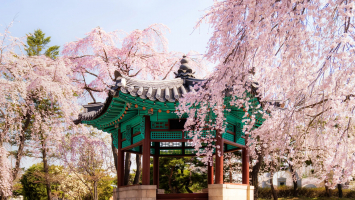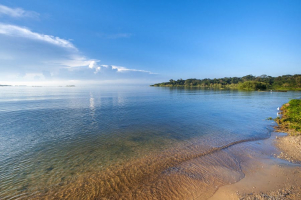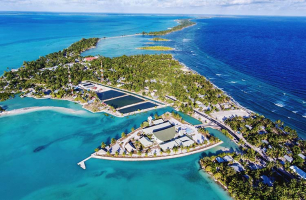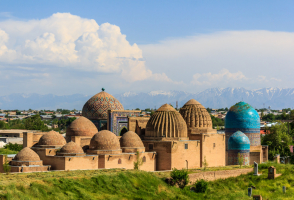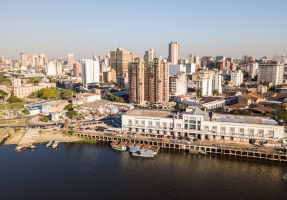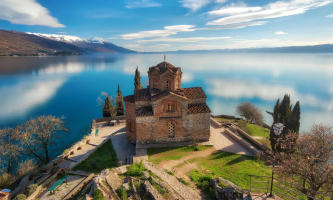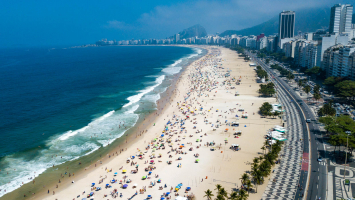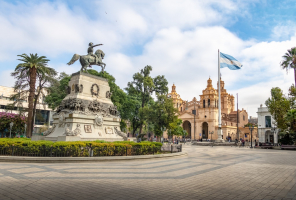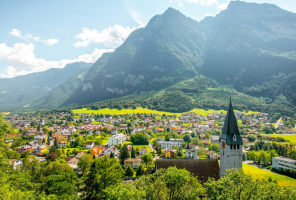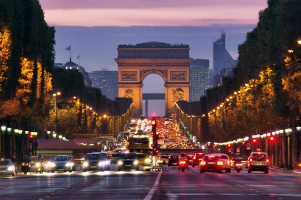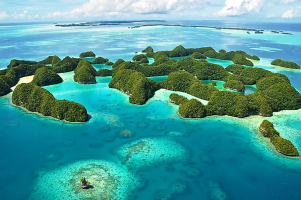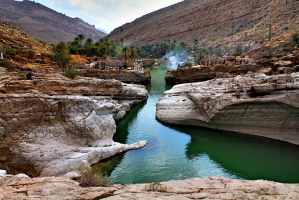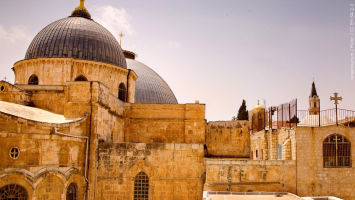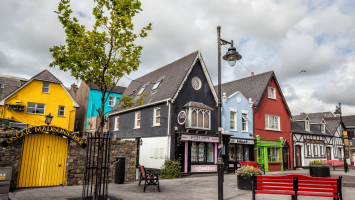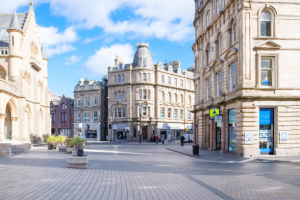Top 10 Reasons To Visit South Africa
South Africa is a rewarding country to visit because it offers so much for everyone. You can expect a wealth of unique sights and experiences here. Let's ... read more...learn more about the top reasons to visit South Africa that you must know before visiting this country.
-
South Africa is improving its wine production as it emerges from the shadow of Apartheid. These wines typically offer good value at all quality levels. Despite being categorized as a "new world" region, South Africa frequently produces wines that are beautifully balanced between new-world and old-world flavors. Watch out for reds made from Pinotage, South Africa's "own" grape variety, which produces distinctive wines with earthy, gamey flavors that frequently have a savory, cheesy edge. The most well-known areas are Constantia, Paarl, and Stellenbosch, while cooler areas like Walker Bay are starting to draw interest.
The first vineyards in South Africa were planted in Constantia, which is tucked away in the affluent southern suburbs of Cape Town and is currently seeing a little rebirth. The vineyards are perfectly situated on the Constantia Mountain slopes, where they are kept cool by the sea breezes, and the area is also picturesque. Klein Constantia, Groot Constantia, Buitervenwachting, Constantia Uitsig, and Steenberg are the only five good estates in this area.
Well known region north-west of Cape Town, and home to several leading producers, including Veenwouden, Nederburg, Fairview, Glen Carlou, and Plaisir de Merle. Historically a white wine region, it is now concentrating increasingly on red wines due to its terroirs and Mediterranean climate. The best wines come from the vines that are higher up since the region is hotter than Stellenbosch.
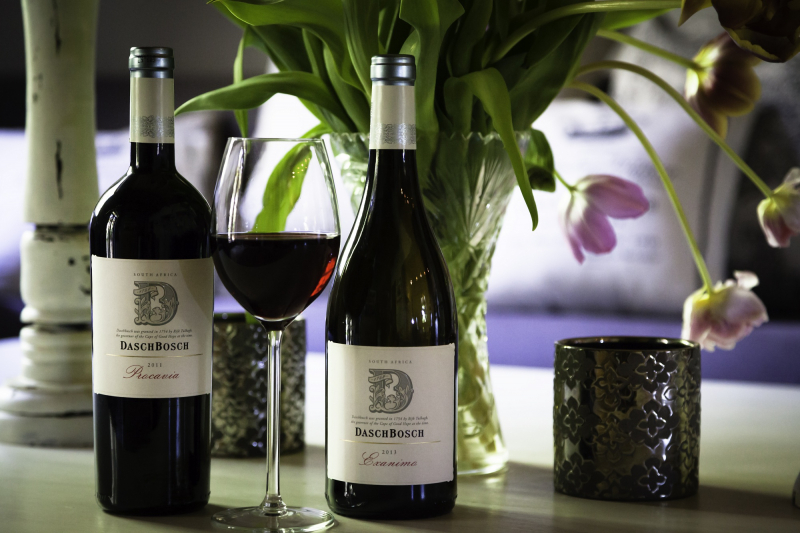
https://usawineratings.com/ 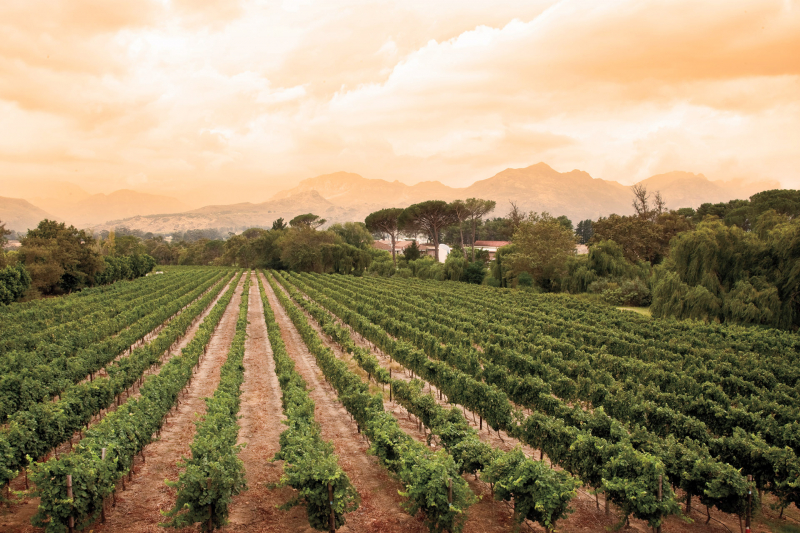
https://www.winemag.com/ -
You may be wondering how much money you should set aside for your trip if you intend to visit South Africa. While the cost of your trip will depend on your travel preferences, South Africa is often the best destination for a low-cost vacation. Food and drink prices are quite low, while lodging expenses are typically reasonable. While certain activities may cost quite a bit, there is also a wealth of free or very inexpensive things to do in South Africa. Many of the country's top attractions are also very affordable or even free.
For two people traveling for a week in South Africa, a decent budget is about ZAR 17,510 (~1000 USD). The aforementioned price assumes that you would stay in decent, midrange lodging and eat out a few times per week in addition to some home cooking. It accounts for a few leisurely sightseeing activities but excludes pricey pursuits like adventure sports or deluxe excursions. In general, the cost of travel decreases with the distance traveled, with fly-in, and fly-out excursions occasionally costing more.
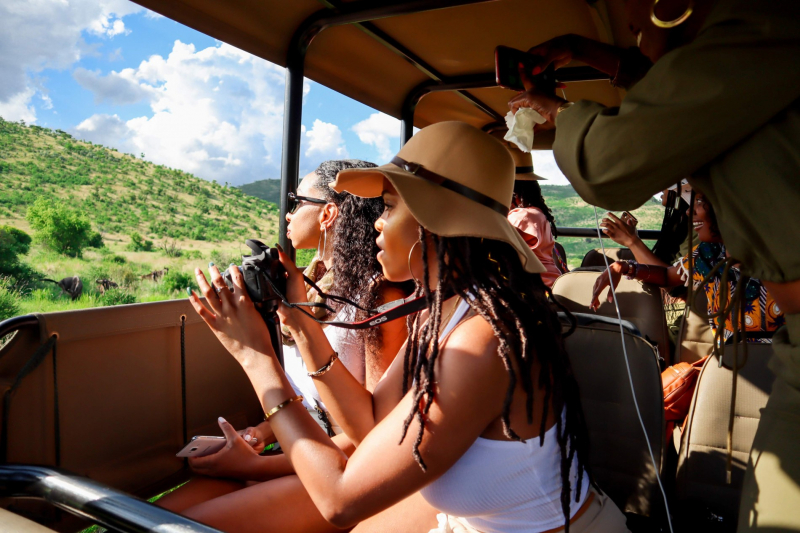
https://www.blackgirlstraveltoo.com/ 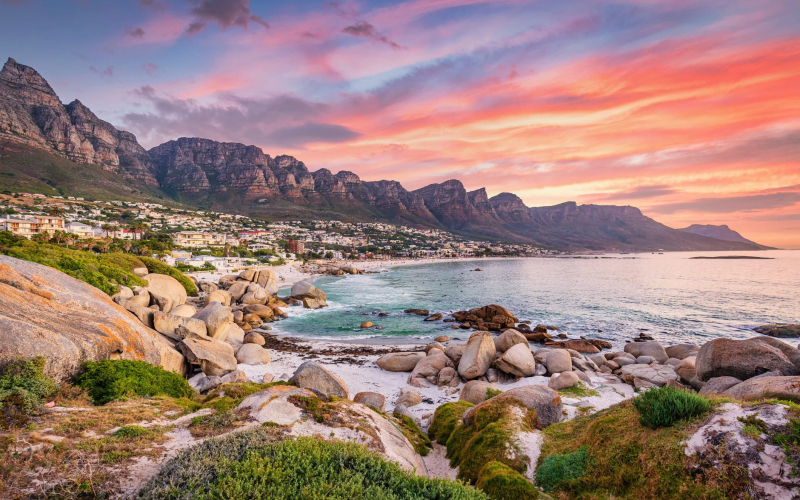
https://www.telegraph.co.uk/ -
The South African coastline has so much to offer that it is deserving of close attention. South Africa offers a wide variety of watersports, marine wildlife, and beautiful beaches thanks to its roughly 3000 kilometers of coastline and location between two very different oceans.
The South African coast is home to a wide variety of some of the top diving locations in the entire globe. Everyone can find something they enjoy, whether they prefer calm shore dives or heart-pounding diving with a group of bait and hungry Great White Sharks. At Cape Town, sharks, pelagic species, wrecks and reefs invite you to the southernmost tip of the African continent. The best chances to see great white sharks are in Gansbaai, which is east of Cape Town. Port Elizabeth is the starting point for difficult dives to uncover the mysterious, unidentified wreckage at Gunner's Rock. Keep reading this list of reasons to visit South Africa to learn more about this country.
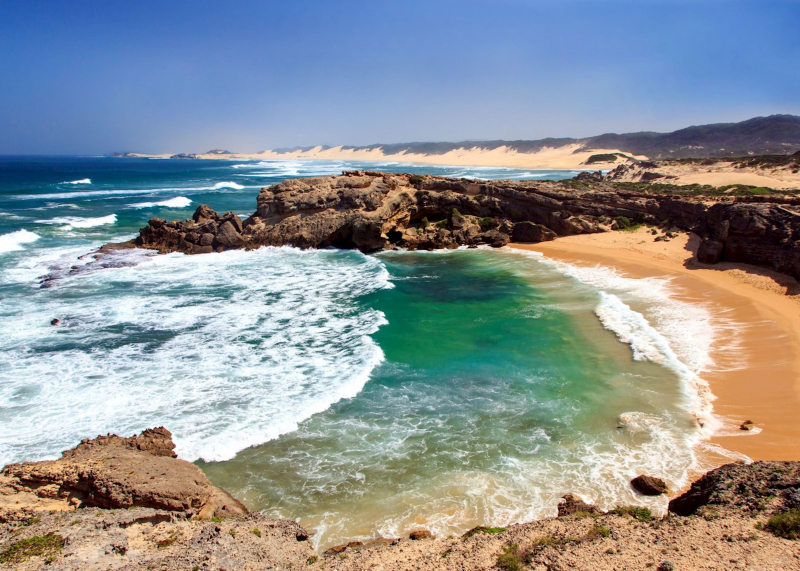
https://www.audleytravel.co 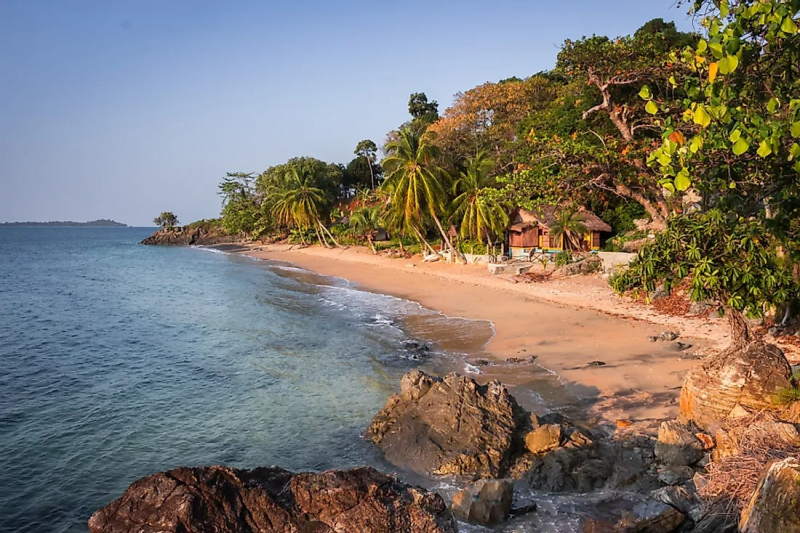
https://www.worldatlas.com/ -
Are you prepared for a trip of a lifetime? On a South African safari, explore the deserts, wetlands, beaches, and more as you look for amazing animals. Watch out for the leopard's black spots as it gracefully walks through the tall grass, takes in the playful growls of the lion cubs, and feels the earth tremble as an approaching elephant herd approaches the waterhole. South Africa is one of the best places on Earth for witnessing your favorite wildlife because of its wealth of national parks and private game reserves. For instance, go to Kruger National Park to see the Big Five (elephant, lion, leopard, and rhino).
Visit the Addo Elephant National Park next, where the dominant mammal is one with a long trunk and large, attractive ears. Finally, be astounded by the Pilanesberg National Park's astounding variety of plants and animals. You may choose from fantastic safari alternatives wherever you go, including escorted bush walks, wildlife drives, boat excursions, and even flying adventures.
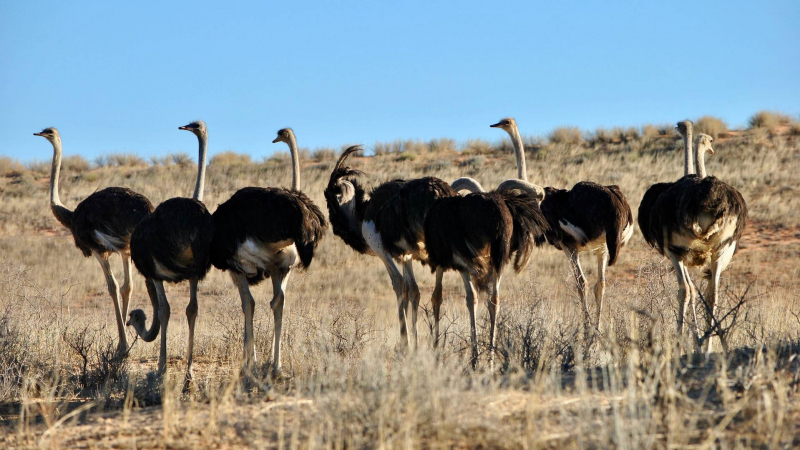
https://www.expertafrica.com/ 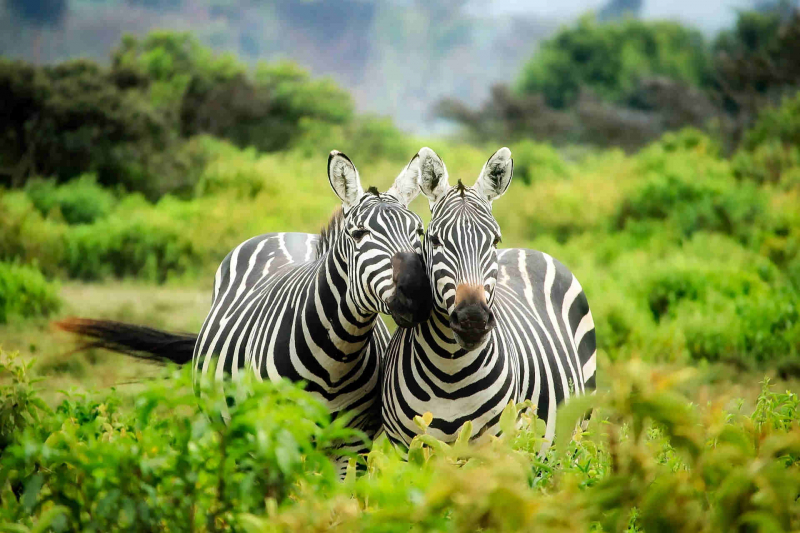
/project/big-5-conservation-south-africa/ -
What comes to mind when you think about South Africa? Your thoughts probably wander to beautiful national parks, amazing fauna, and exhilarating activities. But thriving cities are the one thing that gets missed the most! South Africa boasts several intriguing cities that are worth visiting, from Cape Town to Pretoria. So take advantage of Johannesburg's rooftop bars and live music scene.
At a club in Cape Town, you can have a good time dancing. In Durban, you may enjoy a wide range of watersports and picture-perfect beaches. Experience Port Elizabeth's beautiful marine life (make sure to keep a watch out for dolphins and whales!). And discover all the boating activities available in the exciting city of Knysna. Even while every city is distinct and has its own special attractions, one thing is for certain: South Africa will win your heart. Keep reading this list of reasons to visit South Africa to learn more about this country.
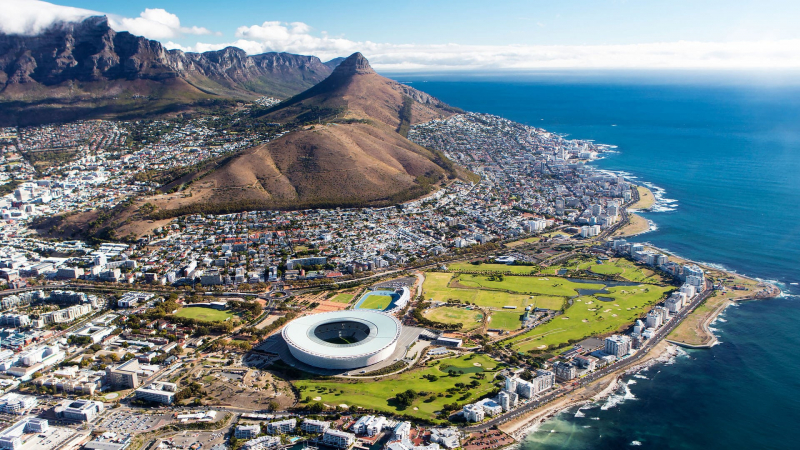
https://www.andbeyond.com/ 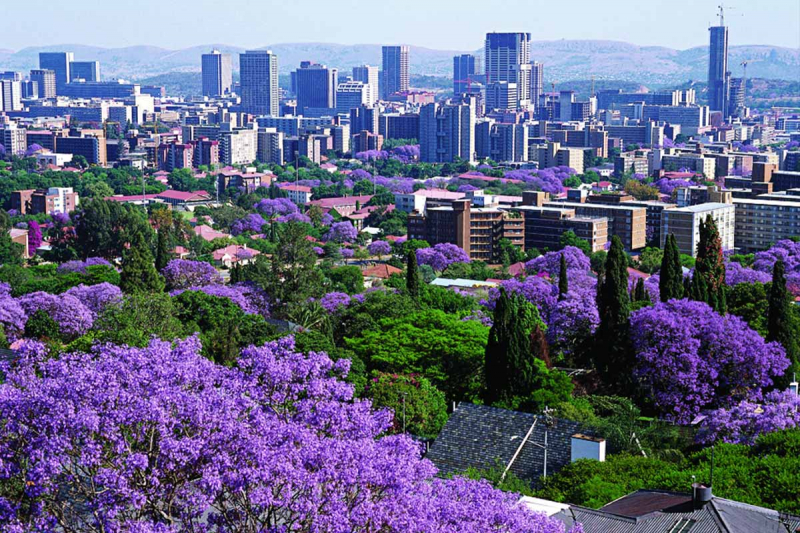
https://www.africanwelcomesafaris.com/ -
In general, South Africa has a lot of sunshine, with several regions enjoying more than 300 sunny days annually. A Mediterranean climate with hot, dry summers and warm, wet winters defines the Western Cape, where Cape Town is situated. The center of the nation is typically mild, whereas the northeast, which is home to Johannesburg and Kruger Park, experiences hot, muggy summers. This northeast region experiences pleasant winters with cool mornings and warm afternoons because a large portion of it is subtropical.
Since the animals enjoy the current weather, this is actually the finest time of year to watch games. As you can see, even in the winter South Africa has a pleasant, comfortable temperature. Additionally, South Africa's seasons are the reverse of those in the United States due to its location in the southern hemisphere. This implies that the months of fall and winter are ideal for soaking in the warm summer sun of South Africa.
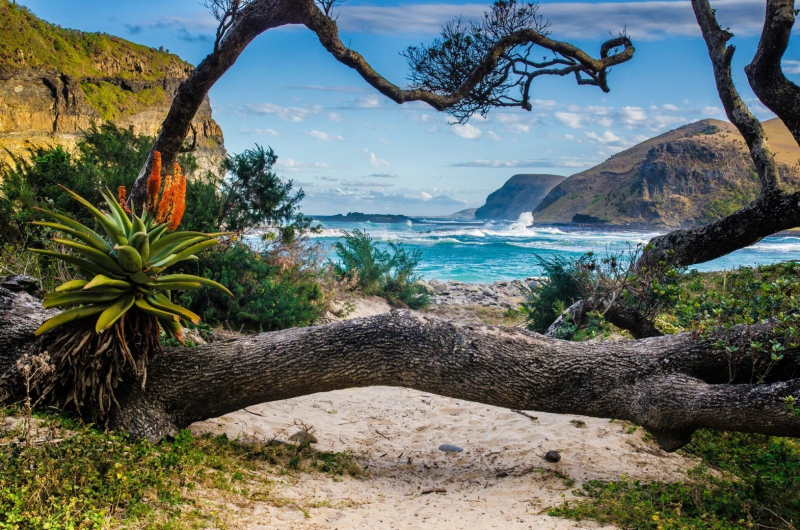
https://www.roughguides.com/ 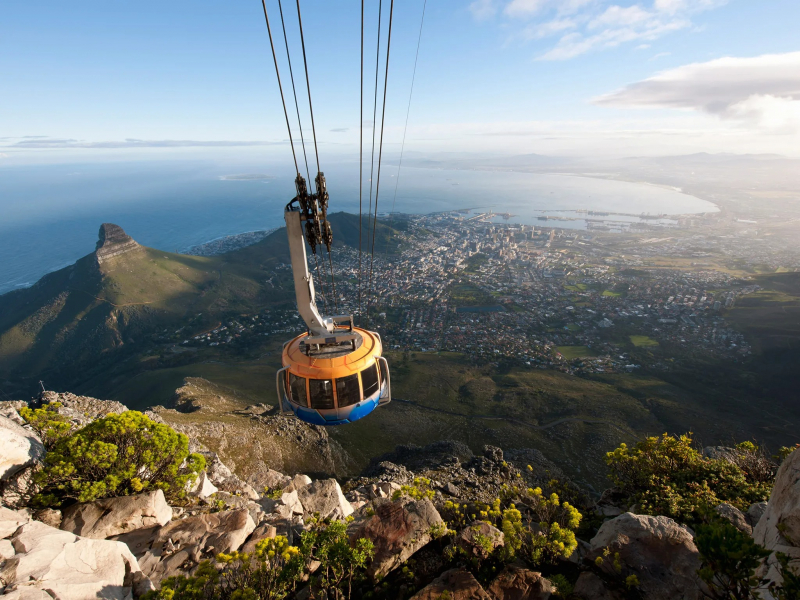
https://www.cntraveler.com/ -
The culture of South Africa is a distinctive fusion of numerous people who are descended from African, Asian, and European tribes. "The Rainbow Nation" is how Archbishop Desmond Tutu best described South Africa. The four major ethnic groups in South Africa are the Venda, Sotho, Nguni (of which the Zulus and Xhosa are the largest, most well-known sub-groups), and the Shangaan-Tsonga. The Afrikaners of Dutch heritage, whites of British ancestry, and large communities with Indian roots are other dominating groupings. Major cities are cultural melting pots where you can find stores and stalls selling a wide variety of things.
For instance, you can discover samosa and curry shops, corner stores with racks of Dutch-perfected beef jerky known as biltong, tea cafes where locals savor freshly baked scones with hot tea, and several local sellers offering hand-crafted African artwork like paintings and wood carvings.
You can still encounter authentic African culture in South Africa's rural areas. There are entire regions and localities where inhabitants continue to live in huts or other modest buildings, just like previous generations did. Here, men continue to give dowries to their brides, cattle still serve as a primary indicator of wealth, traditional art is flourishing, and—best of all—dancing, singing, and music are significant aspects of daily life. The best thing about South Africans, regardless of their ethnicity or place of residence, is that they generally have a positive outlook on the future and are quite welcoming of others.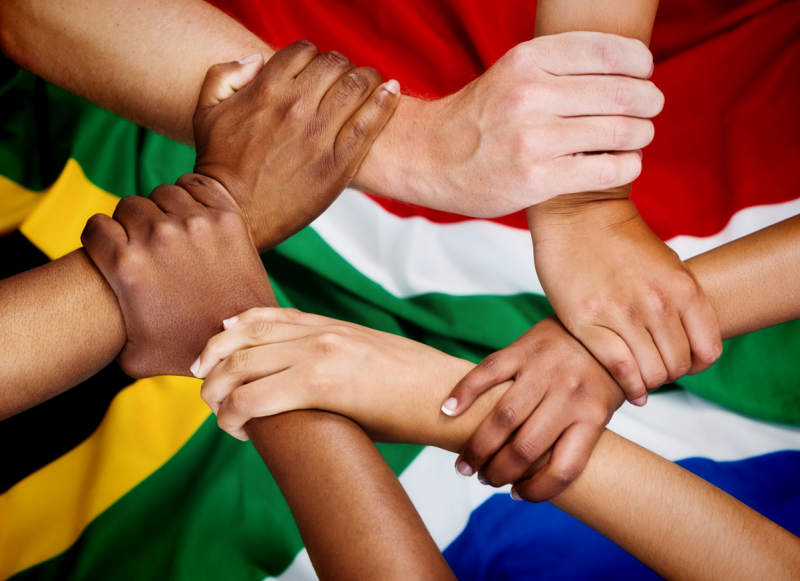
https://www.focusonithemba.org/ 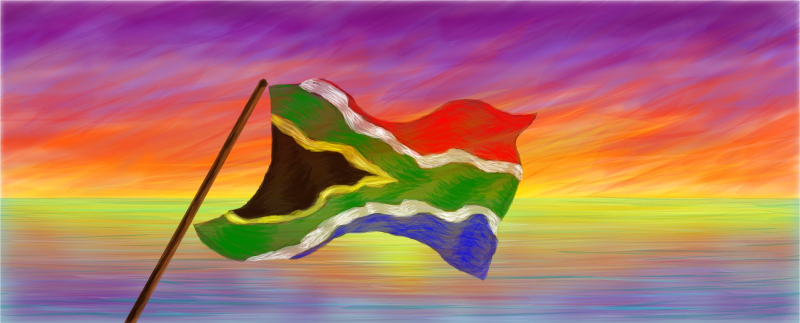
https://www.sketchport.com/ -
Many foreign influences, such as those from Europe and Asia, can be found in South African cuisine thanks to colonialism. They go beyond the usual beef and pork and offer some of the best meat in the world. Ostrich, spring rolls, and if you're lucky, kudu, are all popular dishes that can be found on many menus. South Africa also produces a lot of beer, and SAB's World of Beer tour in Johannesburg is arguably the top tourist destination in the country.
Traditional South African sausage known as "boerewors" is made with beef, hog, lamb, and a variety of spices. Similar to the Cumberland sausage, boerewors are generally served in a coiled shape and cooked on a braai (barbecue). The Afrikaans and Dutch terms boer (farmer) and wors are the roots of the word boerewors (sausage). In addition, an authentic braai, or shisa nyama ('burn the meat' in Zulu), is a culinary experience not to be missed if you want to get a true flavor of South Africa. The tradition of braais began in the townships of Johannesburg, where butchers would cook their meat on barbecues in front of their stores on the weekends and sell it to passersby. Local communities now get together on the weekends for food sharing at braais.
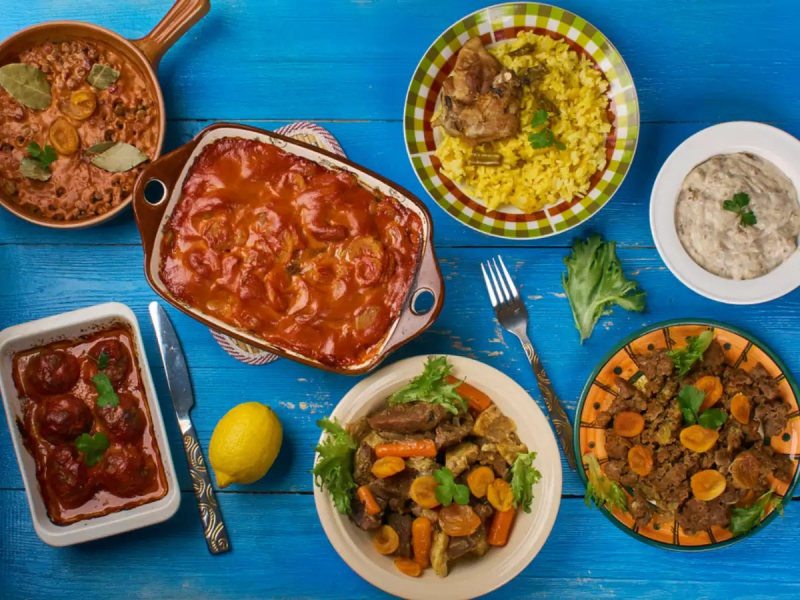
https://www.sketchport.com/ 
https://www.expatica.com/ -
One of the best places in the world to see whales and dolphins is South Africa. The presence of massive pods of dolphins year-round and yearly visits from the southern right and humpback whales offer fantastic viewing possibilities from both land and water. Early in the 1980s, the government recognized the need to formally control and oversee the boat-based whale and dolphin watching industry, and in 1999 it took action. The industry has developed from sporadic activity to regulated business operations spread across 28 authorized zones that run the length of the coastline and protected bays from Port Nolloth on the west coast to Sodwana Bay on the north.
Southern right and humpback whales can be spotted along the south coast from Cape Town to Mossel Bay every year between June and December. Both species use South African waters for calving and raising their young at this time, therefore it's common to observe them both with calves during this time. The south coast of South Africa is also known as the "whale route" and a whale festival is held there each year since the whales' yearly visits are so predictable and they frequently get so near to the beach.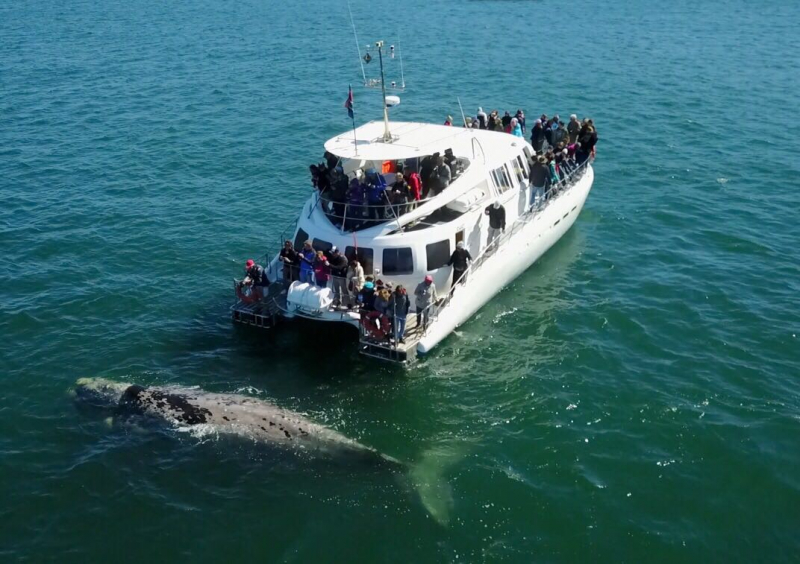
https://www.southernrightcharters.co.za/ 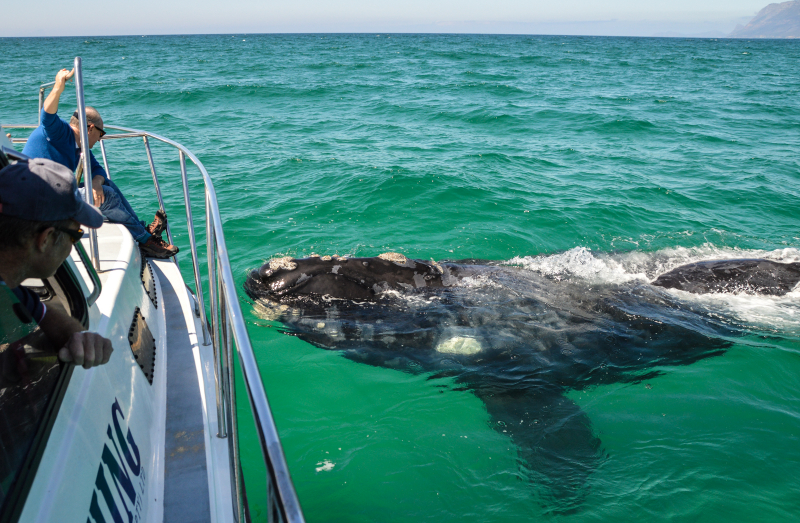
https://saspecialist.southafrica.net/ -
Only the beaches of South Africa and Namibia are home to the one-of-a-kind African penguin. These sea birds were originally common over southwestern Africa, but they are now considered endangered. Boulders Beach, one of the few locations in the world where you may swim with these amazing aquatic birds, is 40 minute drive from Cape Town. Boulders Beach is home to a tranquil penguin colony.
The closest site to watch penguins is Foxy Beach, where wooden walkways encircle the colony and let you get close to the birds. Despite their cute appearance, avoid feeding or touching them. Not only is it against conservation efforts, but penguins can defend themselves if they feel threatened due to their sharp beaks.
To have a decent chance of viewing newborn penguins moulting on the beach, visitors should travel around January. Since penguins spend most of their time at sea between September and October, there are often fewer of them on the beach during those months.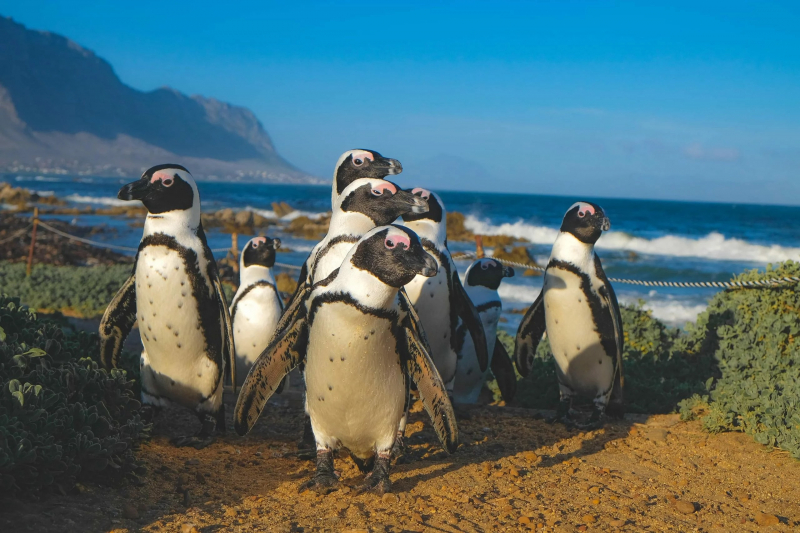
https://lifefromabag.com/ 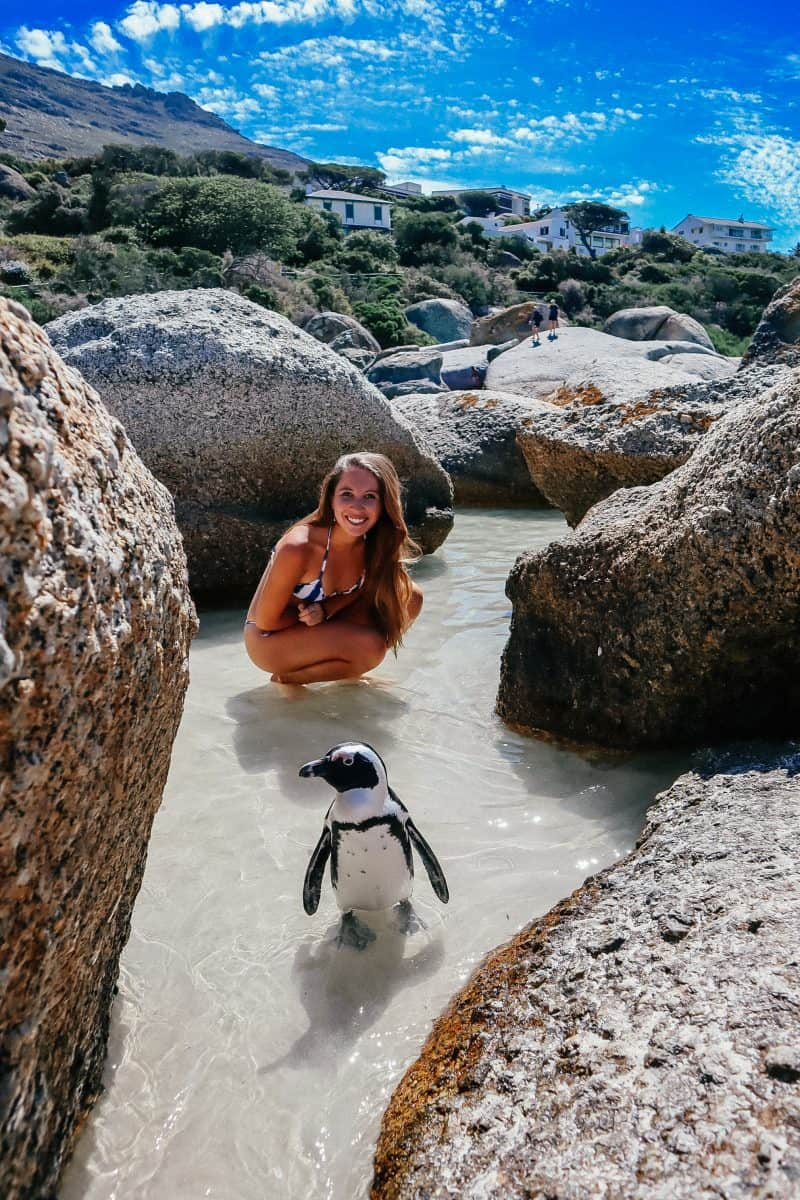
https://www.stokedtotravel.com/












